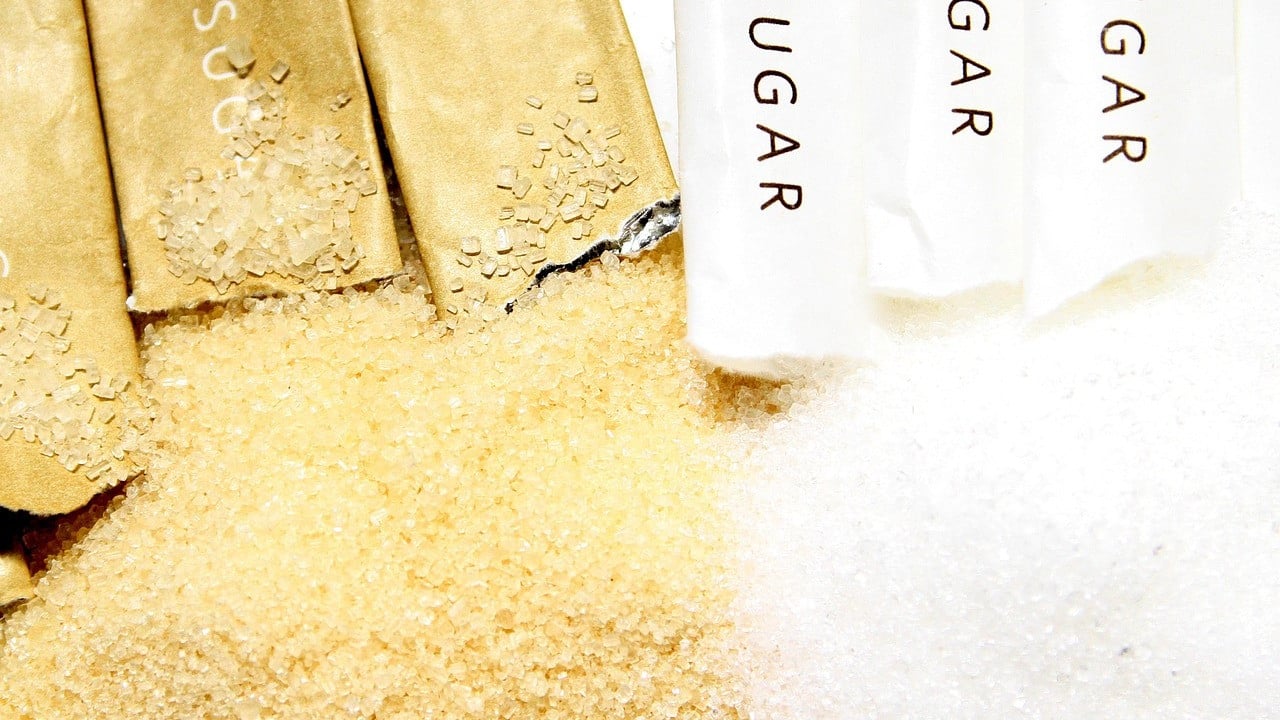The sourcing of beet sugar vs cane sugar affects eco-friendliness in the sugar industry.
The sourcing of beet sugar vs cane sugar affects eco-friendliness in the sugar industry.
Blog Article
Comprehending the Nutritional Perks of Beet Sugar Vs Walking Cane Sugar for Health And Wellness Conscious Consumers
When analyzing the nutritional effects of beetroot sugar versus cane sugar, health-conscious consumers discover that both varieties mainly contain sucrose and offer comparable caloric worths, each adding around 16 calories per tsp. Regardless of this resemblance, neither type gives significant health and wellness benefits, as they are devoid of vital nutrients. Checking out the more comprehensive influences, consisting of ecological factors to consider and long-term health and wellness results of sugar intake, might light up more nuanced differences in between these 2 sugars.
Nutritional Profile and Caloric Worth of Beet Sugar and Walking Stick Sugar
Although both beet sugar and cane sugar are primarily composed of sucrose, their dietary accounts and calorie worths are remarkably similar. There are trace differences in the impurities that stay after handling, which can slightly affect the flavor and shade of the sugars, however these are minimal in terms of wellness impact. For customers focusing on dietary influence, the choice between beet and walking stick sugar is much more concerning individual preference or prospective ecological issues instead than nutritional differences.
Ecological Impact and Sustainability of Sugar Production
While the nutritional differences between beet sugar and walking cane sugar are very little, their production processes offer even more substantial differences, especially in regards to environmental effect and sustainability. Walking stick sugar manufacturing often involves extensive land usage and deforestation, which contributes to habitat devastation and biodiversity loss. This agriculture is also related to high water consumption and water contamination as a result of the drainage of pesticides and plant foods. In contrast, beetroot sugar manufacturing normally calls for much less land and can be grown in more temperate climates, which may minimize the demand for watering and the associated water resource deficiency.
Nevertheless, beet cultivation is not without its ecological challenges; it entails considerable power inputs, specifically in the north climates where it is grown, due to the requirement for longer home heating periods in sugar handling. Both sugar beetroot and sugar walking stick sectors are checking out a lot more lasting practices, including crop turning, natural farming, and boosted waste monitoring methods to mitigate these impacts.
Wellness Effects and Recommendations for Sugar Intake
Despite their minimal dietary differences, both beetroot sugar and walking cane sugar can have harmful health results when consumed in excess. High consumption of either type of sugar adds to a series of wellness concerns, including obesity, type 2 diabetes mellitus, and heart problem. Both sugars are pure sucrose and deal no official site essential nutrients besides calories, leading to fast spikes in blood sugar level levels upon consumption.


Verdict

Report this page